Hawaii is known for its beautiful landscapes and welcoming spirit, but not every part of the islands is accessible to visitors. Restrictions on access exist primarily to protect fragile ecosystems, preserve culturally significant sites, and ensure public safety. Here’s a look at some of these restricted areas:


Niihau: The Forbidden Island.
Known as the “Forbidden Island,” the Robinson family privately owns Niʻihau, and access is highly restricted. The island’s isolation helps preserve its native Hawaiian culture and environment. Only the 200 residents and their guests are allowed, making it one of Hawaii’s most mysterious and intriguing places. However, limited helicopter tours are available, starting at about $350, allowing visitors to see the island from the air. One helicopter company even lands near a secluded beach where you can swim for several hours. There are boat tours from Kauai that allow you to be off-shore near Niihau, although not directly on the island. Ocean water visibility can be as much as 150 feet.
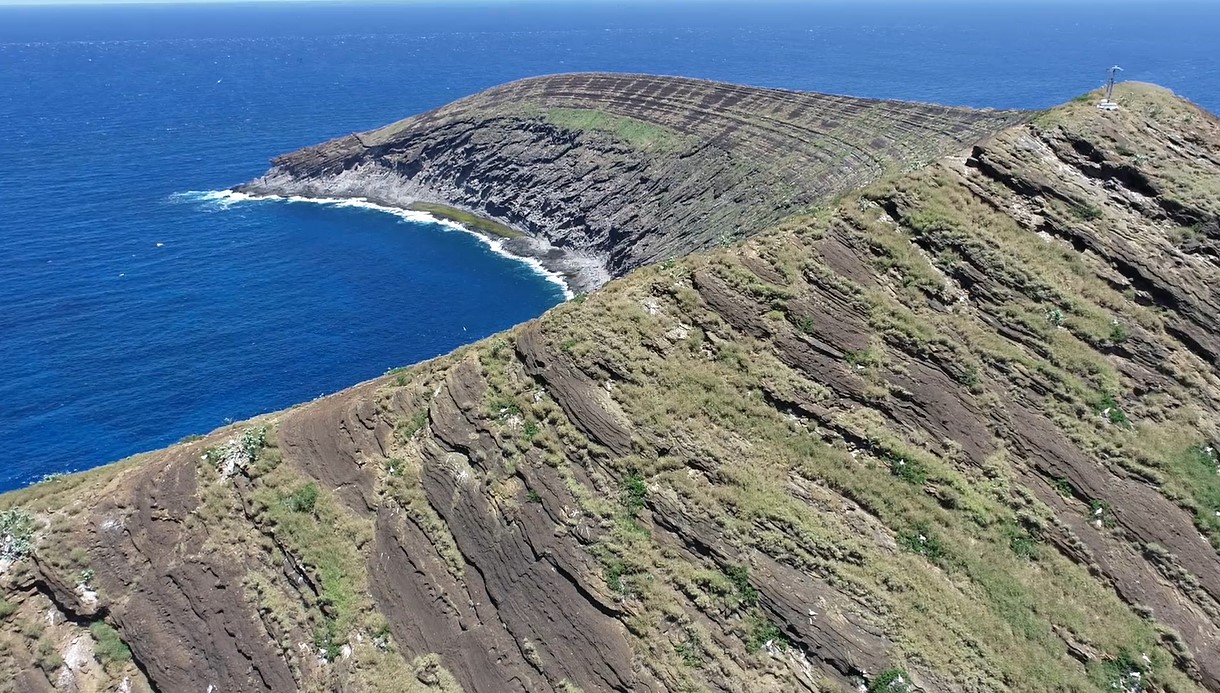

Lehua Island.
Lehua is a small, uninhabited island near Niihau that serves as a state bird sanctuary. While not completely off-limits, landing on the island is restricted to protect nesting seabirds and the delicate ecosystem. Visitors can sometimes see Lehua from Kauai boat tours that circle the island, providing a close-up view without disturbing the wildlife.
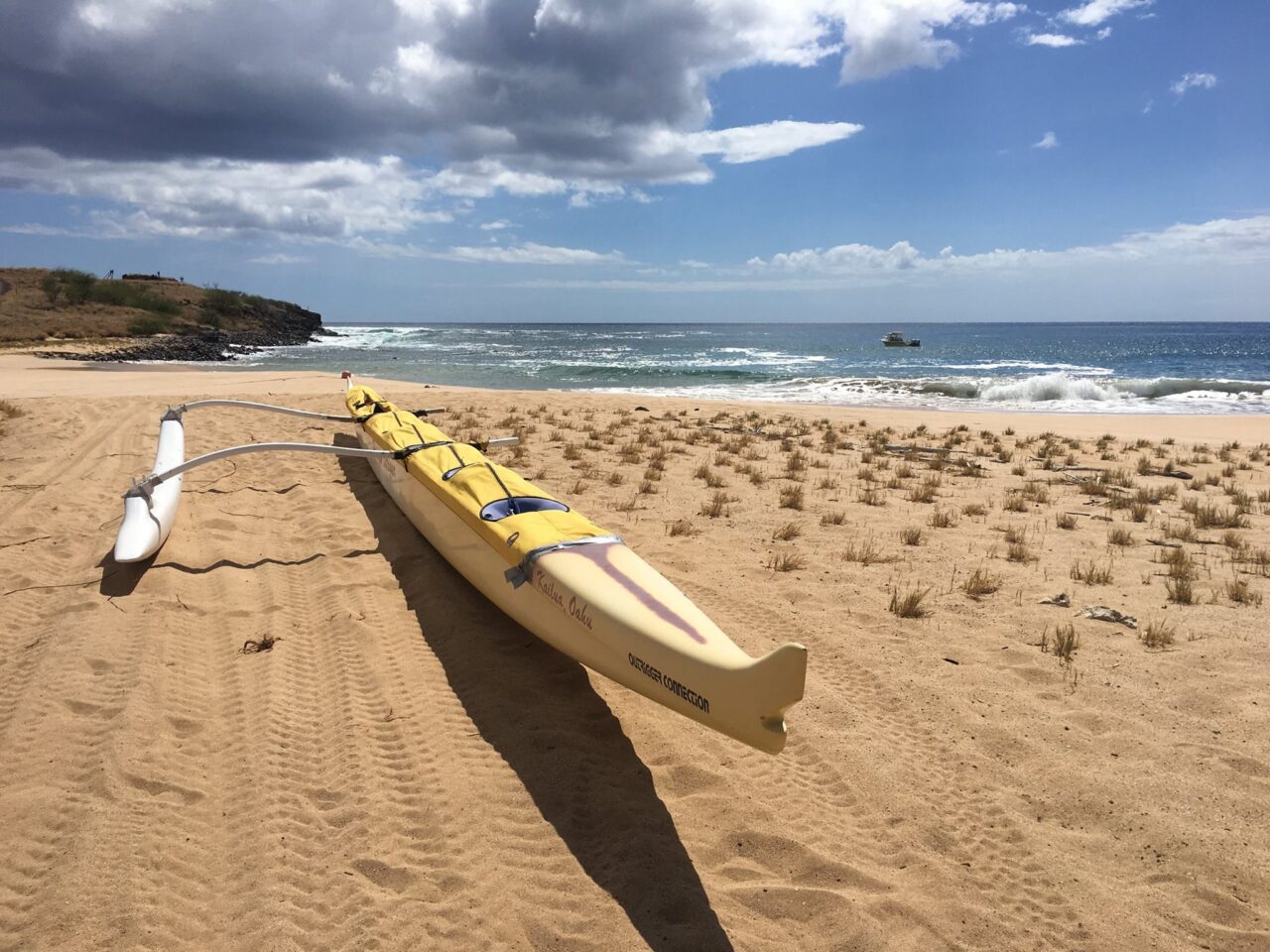

Kahoolawe.
Kahoʻolawe, the smallest of the main Hawaiian Islands, has a troubled history as a former military bombing range. Today, it is managed by the Kahoʻolawe Island Reserve Commission (KIRC) and is considered sacred by Native Hawaiians. Access is restricted to cultural, educational, and environmental restoration purposes, requiring permission from KIRC. Ongoing efforts to clear unexploded ordnance and restore native vegetation make the island important for conservation and Hawaiian cultural revival.


Molokai Kalaupapa Peninsula.
Kalaupapa has a unique history as a former leprosy settlement. Due to its historical significance, access is highly restricted by air and foot. While general tours have been discontinued for years, a very limited number of visits for educational purposes may still be possible with advance permission. The area almost exclusively mostly off-limits, with access primarily for residents, workers, and their families. Years ago, BOH editors hiked to Kalaupapa when access was granted through a tour. Those were also the years that mules made the trip on the same path. You had to plan your hike to ensure you could be at the bottom in time to meet the tour bus. Locals drove you around and stopped at important historical areas. Then, you were driven back to the trailhead to hike back to the top. It was an experience of a lifetime.
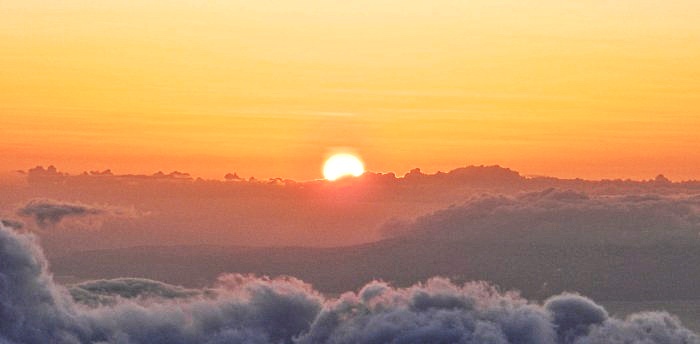

Haleakala National Park’s restricted reas.
While Haleakalā National Park is a top-rated destination, specific areas within the park are off-limits to protect sacred sites and sensitive ecosystems. These include heiau (ancient Hawaiian temples), burial sites, and the Kīpahulu Valley Biological Reserve. These areas hold significant cultural value for Native Hawaiians, and their protection is a priority to preserve the island’s heritage.
Places in Hawaii with other restrictions.
While the above locations are almost excusively off-limits, there are a number of other places in Hawaii that now have restrictions that limit access for various reasons. Some of those include:
Diamond Head State Monument (Oahu).
One of Hawaii’s most iconic landmarks, Diamond Head, has also changed to manage the influx of visitors better and preserve the site. As part of Hawaii’s efforts to protect this natural wonder, reservations are required for all non-resident visitors, ensuring that the site remains accessible while preventing the previous severe overcrowding. The new system helps maintain the trail’s condition while enhancing everyone’s experience by reducing congestion. Diamond Head’s history as an ancient volcanic crater combined with its panoramic views makes it a must-see, but now with a more controlled approach.
The once trampled park now requires reservations for entry to manage overcrowding and protect the environment, with a specific daily visitor limit. Tunnels Beach, near the park, may also become part of this reservation system as efforts to manage tourism increase.
Iao Valley State Monument (Maui).
Home to the iconic Iao Needle, this site occasionally closes due to weather-related damage or safety concerns. Iao Valley holds great cultural significance as a historic battleground and sacred site. Visitors should check for updates before planning a visit, as access can be restricted after storms or landslides.
Lanikai Pillbox Trail (Oahu): While this popular hike isn’t restricted, parking is extremely limited and strictly regulated due to its location in a residential area. Discussions about further access restrictions are ongoing, but no official measures have been implemented yet. For those unable to hike, nearby beaches offer stunning views of the same area.
Hanauma Bay Nature Preserve (Oahu).
Hanauma Bay symbolizes Hawaii’s commitment to balancing natural beauty with conservation. Once teeming with visitors, the bay’s ecosystem suffered significantly, leading to a comprehensive effort to restore and protect this unique marine preserve. Today, non-resident visitor access is carefully regulated by paid advance reservations, with mandatory educational videos for all visitors and specific days when the bay is closed to allow the environment to recover. Unlike other off-limits locations, Hanauma Bay remains open to the public but has stringent controls that reflect its fragile state. It’s a prime example of how visitor access and environmental stewardship must coexist and be managed with care and respect.
Conclusion: Hawaii’s Protected and Sacred Spaces.
Hawaii visitors and locals are all subject to various rules regarding the islands’ sacred and protected areas. The additional visitor restrictions on access to certain locations exist to preserve Hawaii’s fragile ecosystems, safeguard culturally significant sites, and ensure public safety. All of us play a crucial role in maintaining the integrity of these important environments and cultural landmarks.
Tourism is more than simply following rules—it’s hopefully about recognizing the value of these areas and supporting efforts to preserve them for future generations.
While some places listed above, and others including military installations in parts of Pearl Harbor, remain off-limits to the public, there are countless other locations where visitors can fully explore and appreciate Hawaii’s unique heritage and beauty.
Lead aerial photo of Niihau Island credit.
Get Breaking Hawaii Travel News

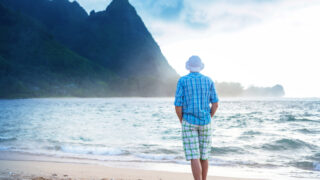


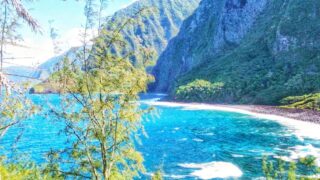
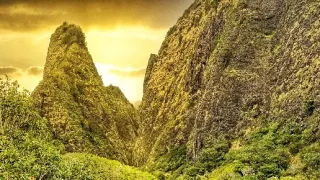

Island is beautiful.
You could probably add Sacred Falls to your list. My family and I hiked it back in 1991. Not a fast hike by any means. It was slow, rough, and slightly dangerous. But the view at the end was worth it. The kids went swimming and had a great time. Overall a wonderful hike. Too bad it is closed.
Hello. I find it sad that tourism has spoiled the idyllic Hawaiian Islands. Visiting many times in the 1960’s and meeting and knowing some native Hawaiian families I had privilege of experiencing many sites that are not accessible any longer. Including the mule ride to Kalaupapa in the 80’s. Real luaus by Hawaiian families in the 60’s and even a Hawaiian family showing us burial caves by Kona Villlage. Maui was filled with sugar cane and pineapple fields. Lahaina was small and intimate and the Lindsey family were some of our best friends. I am so lucky to have these experiences and learn Hawaiian history and culture.
I’ve physically been on 7 of the 8 main islands, Kahoʻolawe being the exception. I would certainly give some volunteer time to do so though. I did the mule ride to Kalaupapa. Because you sort of stood in the stirrups going down, about an hour, you had to learn to walk again at the bottom. It was a unique experience going there. I’ve done the snorkel cruise to Lehua as well. Be aware that the current can be strong so it may not be good for weak swimmers. Also, for some, the ride back to Port Allen can give the term “tossing your cookies” a new meaning.
Back in the day (1961-64), we lived at Fort Ruger and would hike up Diamond Head from outside the crater. You can still see some of the trails we used. Hanauma Bay was fantastic. The coral was absolutely beautiful. Every color in the spectrum. The last time we were there, it was all brown (dead). The result of too many tourists and too many wearing tons of sunscreen. I think the current reservation system is a pain but obviously needed.
Hawaii’s Protected and Sacred Spaces should be controlled. I am deeply saddened that life has come to this era of requiring reservations. I feel blessed that the old days of travel were so special, so free, so open. I just don’t think many individuals understand that the overpopulation of the world is taking its toll. Be forewarned. With more people, more damage, more impatience, more crime, etc. it just ain’t ever gonna like the ole days, ever again.
It can be like the “good ole days” if we got rid of social media where “influencers” post pictures of hanu or sacred trails and then directions on how to get there. Crime is based on government policies, that can be easily fixed by electing the right people if people really want that to change. I also feel that new generations, if properly parented, will be more respectful and patient to people and the environment. We need to get rid of this victim mentality or that we are owed something. I personally am very happy that reservations are required to go to Haena and hope it happens at Tunnels as well. The more this is done, the more balance you will get in tourism- which will hopefully bring islanders back home.
wish I could be
Wonderful article about these very special locations in the Hawaiian Islands.
Have had the privilege of visiting several of these back in the late 1960s and 1970s before there were so many tourists, and now restrictions. Can’t help but nostalgicly reflect upon those beautiful old simpler days of Hawaiiana.
“Hawaii is known for its beautiful landscapes and welcoming spirit,…”
I think the ‘welcoming spirit’ needs to be qualified…heavily. Along with ‘uniqueness’ as a standard word. These things are not absolutes, but used all the time. I surely can’t be the only person who has not felt ‘unwelcome’ from time to time and certainly from true stories I read of all the time.
The extreme prices and taxes are not particularly ‘welcoming’ either.
I still like the place we live very much, but often worry about where things are headed. One early loss in particular struck me hard: the loss of the fantastic visitor center and the fantastic telescope facilities usable by visitors. Something fueled by sets of people who had an unwelcoming attitude justified by … uh…reasons which could not be assailed.
Thanks
“Not-welcoming”. Jeez, try being born and raised in Hawaii, maybe 5-6th gen and having to leave to live on the Mainland bcz of prices. “Not-welcoming” doesn’t really say it. Visitors have well-overstayed their welcome on innumerable occasions to the endless chagrin of locals. You’ll never know how it feels.
Non Hawaiian people do know what it feels like, Especially to us Native Americans because this is happening Everywhere, not just Hawaii. Housing is overpriced, lands destroyed to build build build, this is happening in Every state in the USA, we are just on a bigger island while Hawaii is a smaller island. There are just way too many people on this earth, disrespectful and just don’t care about anything or anyone anymore=Sad.
Maybe some people won’t understand, but ask a young person born in Seattle, San Francisco , Boston and I can keep going. Maybe we should look at our legislators in Hawaii and ask them why is Hawaii in this state! Born and raised in Hawaii and chased out!
Ben, can I ask which visitor center and telescope is no longer usable??
Great updates for future trip planning, thanks!
May I add that all the western atolls like Wake, Johnson, Midway, etc. seem to be permanently inaccessible? Wildlife preservation is understandably a priority there, and I’m guessing that demand might be low for organizing some costly specialized tours.
Secondly, the reservation system that eludes me is for that “Shangri-La” art museum. My travel dates and exclusive ticket availability have yet to be compatible!
Diamond Head entry protocol works well though. 🌄
It’s a shame that the Hanauma Bay reservation system and conservation practices haven’t been widely deployed to All other areas: Mandatory instructional video viewing, well maintainted-facilities, max visitor count, weekly closure day.
Visiting the bay recently made me really appreciate the work put into the conservation plan.
I tried contacting Niihau Helicopter but could never get in touch with them. There are recent reviews. What’s going on? Thanks.
Keep in mind Niihau Helicopter is owned by the Robinson family (the same people that own the island) and is not necessarily run like the standard tour companies. Sometimes the helicopter they own is rented out for other purposes. I believe I contacted them through email. Then had to wait and hope that enough people (I believe 5 minimum) wanted to go on a day during the time I was on Kauai. There is no regular schedule and you do need to be flexible. I got lucky, a family from the bay area were going and I went with them.
I’ve given up on trying to book a reservation for Hanauma Bay. It feels like all the slots are snatched up by tour groups the moment they become available.
Same here. I want to take my granddaughter, along with her dad, who are both residents and don’t require reservations if we go early. I would set my alarm every day to go on the site, but by the time I put in the information, all slots are gone. I gave up.
cruise ships, tour operators, just like ticket master…they all get priority..greed will always win.
Reservations and restricted access are an unfortunate result of the social media age and FOMO. Places get quickly overrun with everyone trying to get that quintessential Instagram photo. And it’s not just limited to Hawaii. While I was recently in Peru, many guides were lamenting about rapidly changing tourist behavior. Interest in the destination’s history and culture has given way to seeking out the most iconic IG photo, and then no time to waste – it’s on to the next photo op. It’s quite a sad commentary on our shallow modern existence.
It would be great to see the real breakdown of how the fees that are collected at Hanauma Bay are used. If the money is actually reinvested in conservation, then that’s fair, but it would be reassuring to know.
The reservation system at Hanauma Bay has been a real hassle, but once we were in, the experience was great. Fewer people made it feel like a true nature preserve, rather than just another tourist free for all. Not sure the implementation of the new systems is perfect, maybe it will be bett3r over time.
Im a long time Diamond Head hiker. Since the new reservation system, it has made the experience so much better. Less crowds, no rush—just breathtaking views.
I’m even okay with the cost. The only thing has been that getting reservations is all but impossible. Ugg.
Interesting read. I understand the need to protect these sacred and fragile sites, but it feels like more and more places are becoming off-limits to visitors or paid. I hope the state finds some balance.